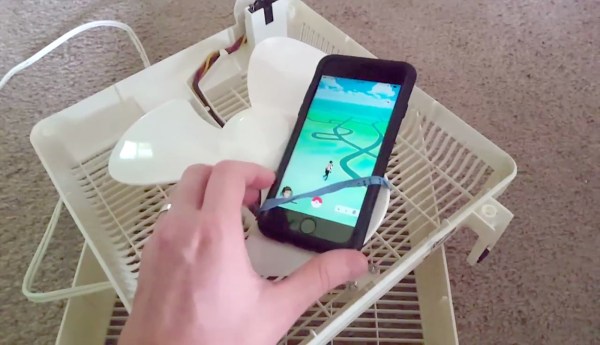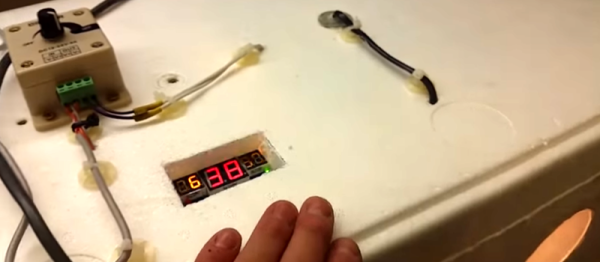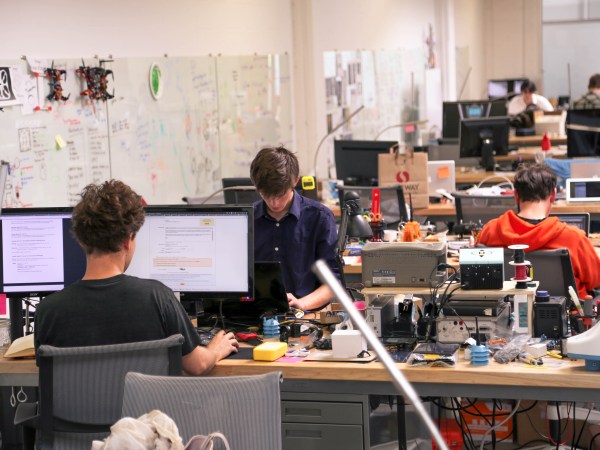If you want to keep eggs warm to hatch, you’ll need an incubator. You could buy one off the shelf, but they’re not so complex — just a nicely-controlled warm box you could easily whip up yourself. As it turns out, that’s precisely what [RCLifeOn] did.
The incubator is built out of wooden panels screwed together to make a simple box. The frame of the front door is also wood, but it features 3D printed hinges and handles, because that’s the easiest way to make hardware when you’re a printing wizard like [RCLifeOn].
The box is fitted with controls for humidity and temperature to ensure the best possible conditions for hatching chicken eggs inside. As you might have guessed, a heated bed from a 3D printer was used to control the temperature inside. As for humidity, a sensor tracks the conditions in the box, and triggers an ultrasonic mister to increase the level as necessary. There’s also a little motion introduced via a moving platform run by a motor and some step-down gearing, which apparently aids in the hatching process.
[RCLifeOn] calls it “a machine that creates life,” and that honestly sounds about fair. We’ve seen similar projects along these lines before, too.
























